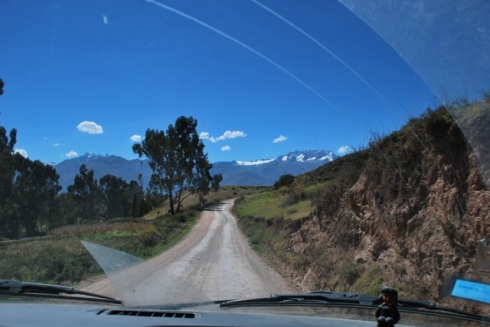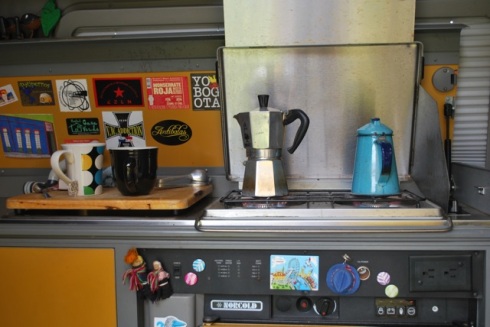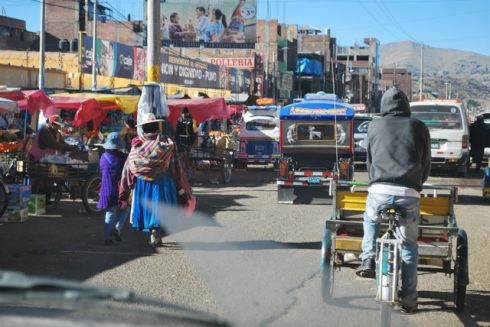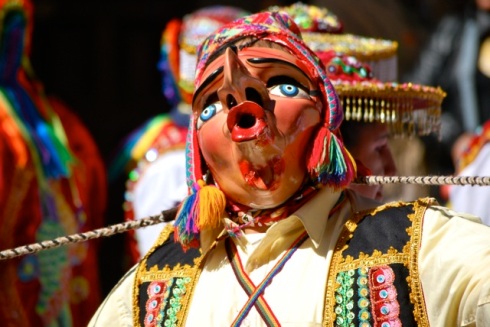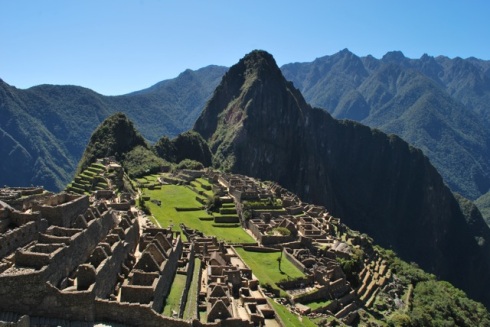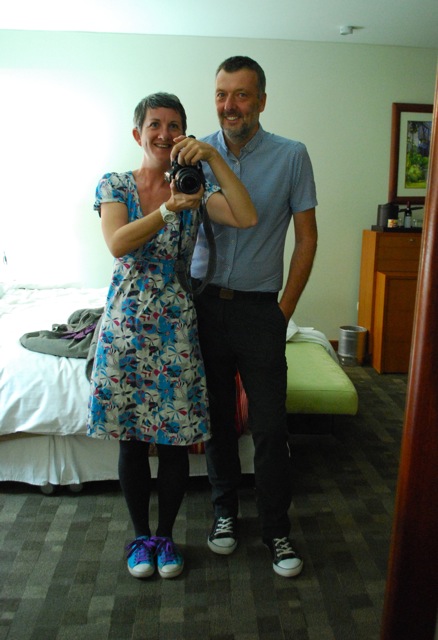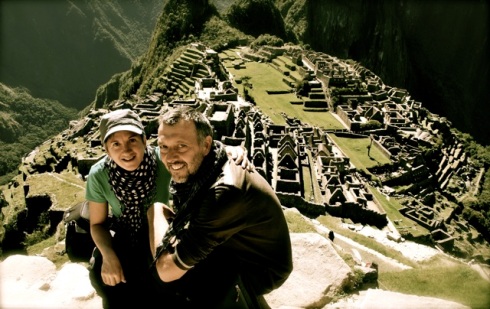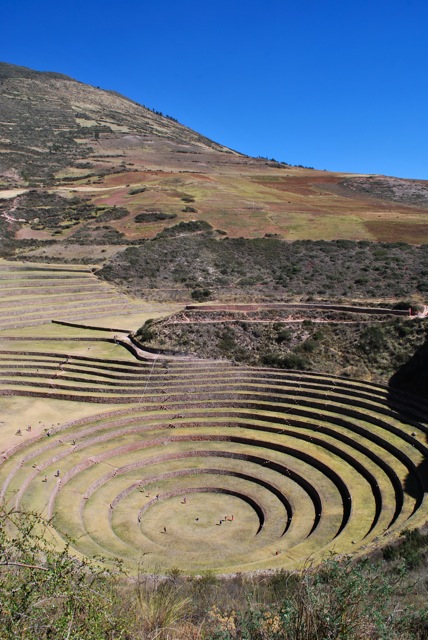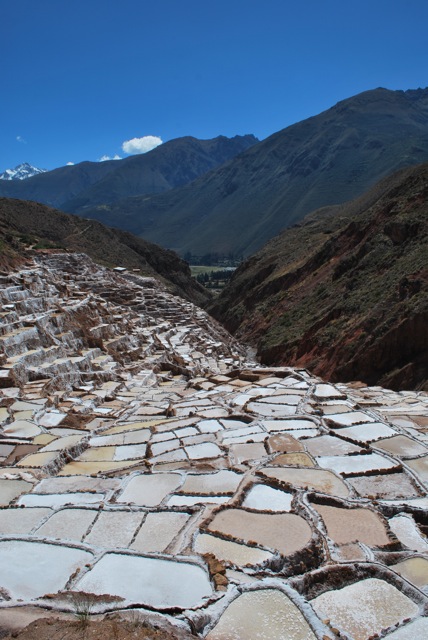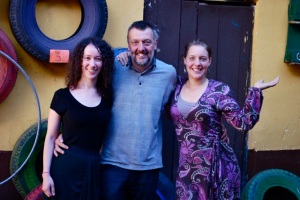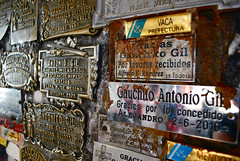La Paz, Bolivia
[by Paula]
We often berate ourselves for forgetting to properly record one of the most significant parts of this trip – those days on the road that, periodically, take so much of our time and energy.
We’re not exactly rapid travellers – our daily average mileage over the last three years is probably less than most people’s commute to work. But we’ve so far driven 21,000 miles through Latin America, and that’s still a lot of road time.
During our latter few weeks in Peru, we decided to take a few more shots of those driving days so we could remember some of the little towns we drove through, the people we saw, the little snapshots of life we glanced at as we whizzed by.
On the last section of the journey, we were fascinated by all the political murals which have been painted on walls, houses, rocks, anything that’s available, ahead of regional elections in Peru. Voting is mandatory, but not everyone can read or write – especially in rural areas – so every party has an easily-recognisable symbol such as a coca leaf, pick-axe, football or whatever.
We had a lot more long driving days than we are used to while we were in Peru, covering quite a distance in a short time, by our standards. It can get tiring, but we relished getting back into the swing of it.
Everyone has their own way of doing things. We have certainly learned a lot about how to tackle the long journeys, and how to wrestle with the million things that are likely to get in your way and blow all of your plans out of the water.
If we want to get some miles behind us, we like to start early. This is particularly true if we have spent the night at, say, a gas station, a car park or a similarly public place. We like to get a move on and not outstay our welcome – no one wants a pyjama-clad gringo wandering about their place once the sun is shining and there are customers about.
But there is an absolute rule. No matter where we are sleeping, the day must start with this.
Skipping breakfast is one thing, but no one in the world should ever consider travelling with a Paula who has not had at least one cup of strong tea upon wakening. Ideally the tea will be accompanied by at least a quick banana-honey-tortilla, or maybe we’ll stop and make something later, or grab something on the road. The thing about Latin American roadside breakfasts is that they are not really breakfast. Unless you are in a touristy town or major city, where you can find bakeries or cafes serving American-style options, you’ll be eating like the locals. So on many a day we have found ourselves eating liver and rice, or grilled beef and chips at 8 in the morning. Sometimes Jeremy opts for a fish soup, but I draw the line at that.
Driving through the Andes of southern Peru was almost 100% spectacular, with most of it involving incredible mountainous scenes, and ending at Lake Titicaca.
Of course not every driving day is like that. They can be boring, ugly, traffic-filled, frustrating. Some days thing start badly and from then on seem destined to follow a course of crappy-to-shitty-to-full-blown-tantrum. But I can think of few days where nothing funny, interesting or educational happened. Road days are good for laughing, talking and thinking.
And I can think of no day when everything was predictable. Driving here can be quite a crazy experience. Apart from dealing with quite extreme geographical and climactic conditions, there are constant hazards in the road and both sets of eyes are needed at all times. It is the passenger’s job to yell “dog!” several times a day, as they run free here and are forever scampering onto the road, lying on the road, trying to eat something off the road, chasing other dogs into the road…
It’s not just dogs though. Llamas, alpacas, donkeys, sheep, people, tuk-tuks, bikes, you name it. Expect the unexpected is the general mantra.
Of course, getting lost is a necessary feature of any road trip. There are those mornings when you know exactly where you are going, you’ve got the map, you’re heading out of town on an outer road, and suddenly you’re in the middle of the Sunday market. Bugger.
Even without a major getting-lost incident, it’s not like every road day is a simple case of heading from campsite A to campsite B. There are things to find and do – water, food, stuff we need but have no idea how to find, and sometimes (dare I say) a mechanic is needed. Moreover, there is not always a plan about where we are going to sleep – we just don’t know for sure how far we’re going to get, and/or there is no obvious place to stay once we want to stop. People often ask where we sleep, and it varies enormously, from relatively luxurious to the absolute opposite. During two months in Peru, for example, we camped at a beach campsite, a mountain lodge, several hotel gardens, road toll booths, gas stations, truck stops, the street, the car park of some archaeological ruins, and a proper overlanding campsite in Cusco.
On driving days, come lunchtime we’ll start looking for somewhere suitable to pull over and make a snack. Depending on the timing, we might end up at a sublime riverside spot, or the outskirts of a village with a beautiful view of the mountains. Other days you’re only option is a layby strewn with stained toilet paper and swarming with flies, and that’s just the way it goes.
On our way from Cusco to Puno we were in the mood for a nice big, cheap lunch in a local cafe – something which is very easily found in Latin America. We drove and drove through miles of emptiness. The villages we did encounter had nothing but the ubiquitous tiny shops selling sodas and packets of biscuits and crisps. Ravenous, we were just about to give up and head for the emergency tin of sardines when we came across this woman selling fire-roasted trout and chicken. We sat by the railway line and ate our trout in the sunshine. That was a good day.
And here’s another of the rules. When you’re having a good run, it’s important to know when to quit and find somewhere to camp, well before dark. It can be tempting to keep going, get a few more miles done, just a little bit further and then we’ll stop. But there’s a tipping point, and we’ve experienced it many times. It’s a bit like looking after a toddler – if you let things go too far, and they are beyond tired, hungry and needing a pee, there’s no way back. There’s going to be a meltdown, decision-making will be badly affected and someone will end up going to bed without any dinner.
Actually, the truth is I could count on one hand the number of days we’ve had that have ended without a proper dinner. That’s another one of our rules – no matter what is happening, we cook dinner and sit down with a glass of something. In a continent where lunch is king, it’s a habit we find impossible to break because we love the ritual of it.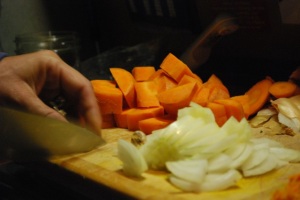
I remember one night when we’d had quite a trial finding somewhere to sleep in the town of Huacachina. It was one of those where it was late, dark, we were tired and grumpy and the place we’d thought we could stay wasn’t available to campers any more. They sent us to a car park that we took an irrational dislike to, and ended up camping on the street.
“We’ll just have to downgrade the plan and keep dinner simple tonight” I said, because we were knackered and find it harder to relax when we are camping in the street.
As we sat there with our seafood noodle soup with coriander and lime, and a glass of red, Jeremy gave a wry smile. “This isn’t exactly roughing it, is it?” he said.
Well, just because we’re living on the road doesn’t mean we have to let all of our standards go out the window.
Days: 1,009
Miles: 20,841
Things we now know to be true: Let’s leave this one to John Steinbeck: “People don’t take trips. Trips take people.”

